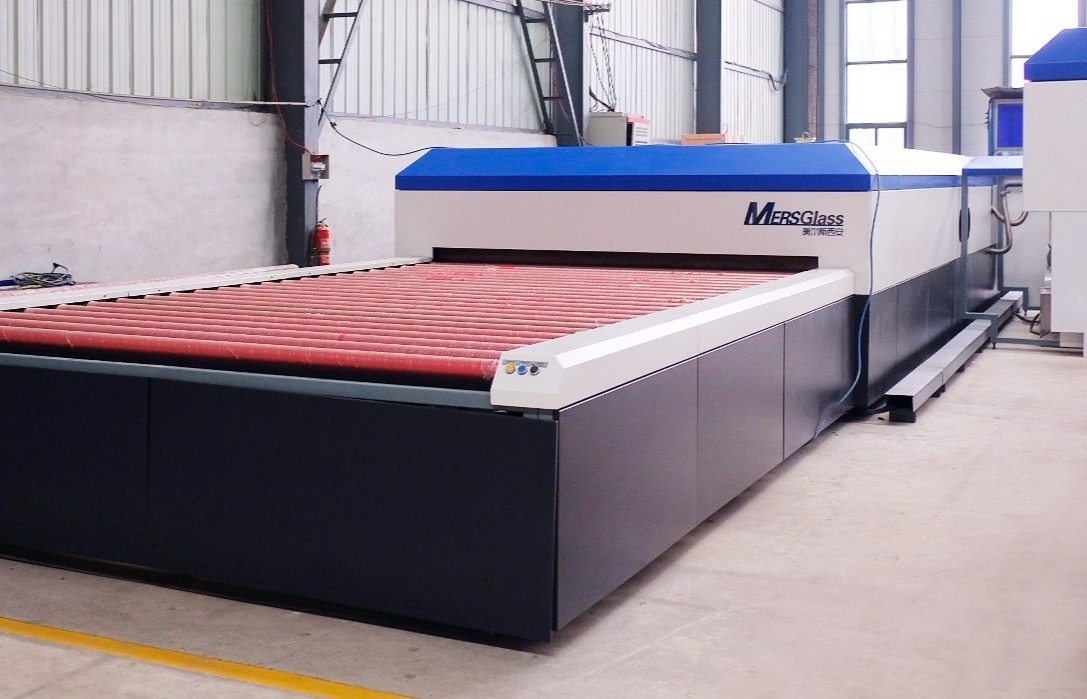
# Glass Lamination Machine: Advanced Technology for Safety and Durability
## Introduction to Glass Lamination Machines
Glass lamination machines are specialized equipment designed to produce laminated glass, a crucial material in modern architecture and automotive industries. These machines combine layers of glass with interlayers (typically PVB or EVA) to create a strong, durable, and safe composite material that holds together when broken.
## How Glass Lamination Machines Work
The glass lamination process involves several key steps:
1. Cleaning and preparation of glass surfaces
2. Placement of interlayer material between glass sheets
3. Initial bonding through heat and pressure
4. Final autoclave processing for complete fusion
Modern glass lamination machines automate this entire process with precision control systems that ensure consistent quality and optimal bonding.
## Key Features of Advanced Lamination Machines
### 1. Automated Control Systems
State-of-the-art machines feature computerized controls that monitor and adjust temperature, pressure, and processing time for different glass types and thicknesses.
### 2. Energy Efficiency
Newer models incorporate energy-saving technologies that reduce power consumption while maintaining high production output.
### 3. Safety Mechanisms
Advanced safety features protect operators from high temperatures and pressures during the lamination process.
### 4. Multi-layer Capability
Some machines can handle multiple glass and interlayer combinations for specialized applications.
## Applications of Laminated Glass
The products from glass lamination machines find use in various sectors:
– Architectural glazing (skylights, facades, safety glass)
– Automotive industry (windshields, side windows)
– Security applications (bullet-resistant glass)
– Soundproofing solutions
– UV protection installations
## Benefits of Modern Lamination Technology
The latest glass lamination machines offer significant advantages over traditional methods:
- Higher production efficiency with reduced cycle times
- Improved product consistency and quality control
- Ability to process larger glass formats
- Reduced material waste through precise control
- Lower maintenance requirements with self-diagnostic systems
## Future Trends in Glass Lamination
The industry continues to evolve with several emerging trends:
Smart Glass Integration
Machines are being adapted to handle electrochromic and other smart glass technologies.
Keyword: glass laminationn machine
Eco-friendly Processes
New developments focus on reducing energy consumption and using sustainable interlayer materials.
Industry 4.0 Compatibility
Modern machines increasingly incorporate IoT capabilities for remote monitoring and predictive maintenance.
## Conclusion
Glass lamination machines represent a critical technology in producing safety glass for numerous applications. As these machines continue to advance, they enable the creation of stronger, more durable, and increasingly sophisticated laminated glass products that meet the growing demands of modern architecture and transportation industries.